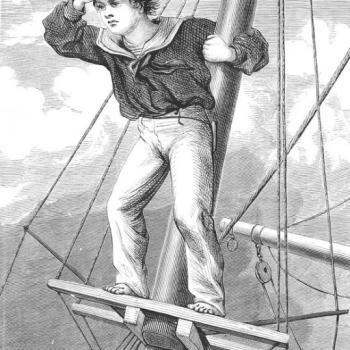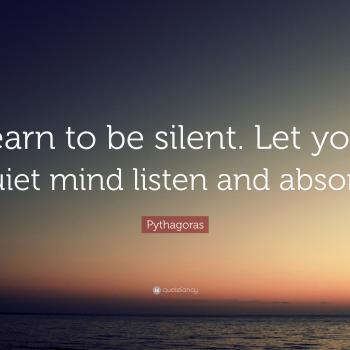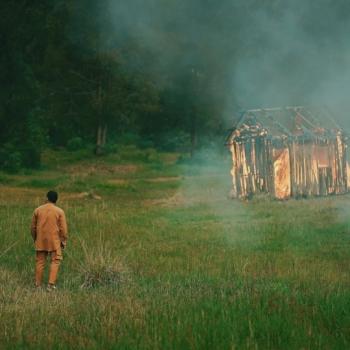At the same time, there are various individuals and communities in the United States committed to authentic Daoist lifeways. These include ordained and lineage-based Daoist priests, tradition-based communities, as well as people with deep affinities with Daoism. Broadly speaking, such people and communities include Chinese immigrant birthright adherents, ethnic Chinese birthright and convert adherents, Euro-American convert adherents, and a smaller, but diverse group of people from a wide variety of backgrounds. One unfortunate issue here is the lack of training and commitment of many self-identified Daoist priests in America, including individuals who have purchased their ordination in mainland China.
Nonetheless, in the modern United States, we encounter an increasingly visible minority of actual Daoists, people who are working to understand, preserve, and transmit the tradition. In traditional Daoist terms, they are committed to "cultivating the Dao" (xiudao) and "transmitting the Dao" (chuandao). Such people are engaged in Daoist cultivation and refinement (xiulian), including dietetics, ethics, health and longevity practice, meditation, ritual, scripture study, and so forth. Such people are following diverse Daoist models of religious affiliation and social participation: from ascetics and hermits withdrawn from the "mundane world" through householders working in mainstream American society to ordained Daoist priests attempting to establish communities and retreat centers.
Engaged on its own terms, Daoism in turn offers unique opportunities for Americans, whether affiliates, adherents, sympathizers, or querents. Generally speaking, Daoism tends to be body-affirming and world-affirming, emphasizing embodied being-in-the-world, place-specific communities, as well as energetic attentiveness and sensitivity. As part of global Daoism, a tradition with roots in Chinese Daoism and now a "trans-Chinese" religion, American Daoism as a multi-cultural, multi-ethnic, and multi-linguistic community may help to strengthen the contemporary revitalization of Daoism as well as offer an alternative way of being to those with the affinities. American adherents may eventually help to establish Daoism as an "American religion."
Bibliography
Komjathy, Louis. 2003a. "Daoist Teachers in North America." Center for Daoist Studies. www.daoistcenter.org/advanced. Accessed on June 1, 2015.
_____. 2003b. "Daoist Organizations in North America." Center for Daoist Studies. www.daoistcenter.org/advanced. Accessed on June 1, 2015.
_____. 2004. "Tracing the Contours of Daoism in North America." Nova Religio 8.2 (November 2004): 5-27.
_____. 2006. "Qigong in America." In Daoist Body Cultivation, edited by Livia Kohn, 203-35. Cambridge, Mass.: Three Pines Press.
_____. 2011a. "Basic Information Sheet on Daoism." Center for Daoist Studies. www.daoistcenter.org/basic. Accessed on June 1, 2015.
_____. 2011b. "Common Misconceptions about Daoism." Center for Daoist Studies. www.daoistcenter.org/basic. Accessed on June 1, 2015.
_____. 2012a. "Daoism." In Encyclopedia of Global Religion, edited by Mark Juergensmeyer and Wade Clark Roof, 281-86. Thousand Oaks, CA: Sage Publications.
_____. 2012b. "The Daoist Tradition in China." In The Wiley-Blackwell Companion to Chinese Religions, edited by Randall Nadeau, 171-96. Malden, MA: Wiley-Blackwell.
_____. 2013. The Daoist Tradition: An Introduction. London and New York: Bloomsbury Academic.
_____. 2014. Daoism: A Guide for the Perplexed. London and New York: Bloomsbury Academic.
Siegler, Elijah. 2003. "The Dao of America: The History and Practice of American Daoism." Ph.D. diss., University of California, Santa Barbara.
_____. 2010. "Back to the Pristine": Identity Formation and Legitimation in Contemporary American Daoism." Nova Religio 14.1: 45-66.




